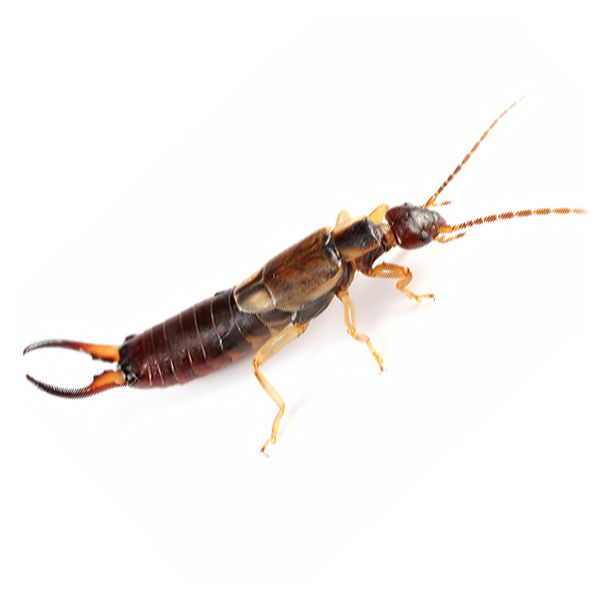
We’re the leading providers of pest control exterminator services for Earwig Lice in Union NJ
Please give us a call at 908 982 4718 in order to get started with the process.
Lice
Head lice infestation, also known as pediculosis capitis and nits, is the infection of the head hair and scalp by the head louse (Pediculus humanus capitis).[6] Itching from lice bites is common.[5] During a person’s first infection, the itch may not develop for up to six weeks.[5] If a person is infected again, symptoms may begin much more quickly.[5] The itch may cause problems with sleeping.[4] Generally, however, it is not a serious condition.[7] While head lice appear to spread some other diseases in Africa, they do not appear to do so in Europe or North America.[6][4]
Head lice are spread by direct contact with the hair of someone who is infected.[4] The cause of head lice infestations are not related to cleanliness.[5] Other animals, such as cats and dogs, do not play a role in transmission.[4] Head lice feed only on human blood and are only able to survive on human head hair.[6][5] When adults, they are about 2 to 3 mm long.[8] When not attached to a human, they are unable to live beyond three days.[5] Humans can also become infected with two other lice – the body louse and the crab louse. To make the diagnosis, live lice must be found.[5] Using a comb can help with detection.[5] Empty eggshells (known as nits) are not sufficient for the diagnosis.[5]
Possible treatments include: combing the hair frequently with a fine tooth comb or shaving the head completely.[7] A number of topical medications are also effective, including malathion, ivermectin, and dimethicone.[7] Dimethicone, which is a silicone oil, is often preferred due to the low risk of side effects.[7] Pyrethroids such as permethrin have been commonly used; however, they have become less effective due to increasing pesticide resistance.[7] There is little evidence for alternative medicines.[9]
Head-lice infestations are common, especially in children.[5] In Europe, they infect between 1 and 20% of different groups of people.[6] In the United States, between 6 and 12 million children are infected a year.[4] They occur more often in girls than boys.[5] It has been suggested that historically, head lice infection were beneficial, as they protected against the more dangerous body louse.[10] Infestations may cause stigmatization of the infected individual.[5]
Earwigs
Earwigs make up the insect order Dermaptera. With about 2,000 species[1] in 12 families, they are one of the smaller insect orders. Earwigs have characteristic cerci, a pair of forceps-like pincers on their abdomen, and membranous wings folded underneath short, rarely used forewings, hence the scientific order name, “skin wings”. Some groups are tiny parasites on mammals and lack the typical pincers. Earwigs are found on all continents except Antarctica.
Earwigs are mostly nocturnal and often hide in small, moist crevices during the day, and are active at night, feeding on a wide variety of insects and plants. Damage to foliage, flowers, and various crops is commonly blamed on earwigs, especially the common earwig Forficula auricularia.
Earwigs have five molts in the year before they become adults. Many earwig species display maternal care, which is uncommon among insects. Female earwigs may care for their eggs, and even after they have hatched as nymphs will continue to watch over offspring until their second molt. As the nymphs molt, sexual dimorphism such as differences in pincer shapes begins to show. Some earwig specimen fossils are in the extinct suborders Archidermaptera or Eodermaptera, the former dating to the Late Triassic and the latter to the Middle Jurassic. Many orders of insect have been theorized to be closely related to earwigs, though the icebugs of Notoptera are most likely.
